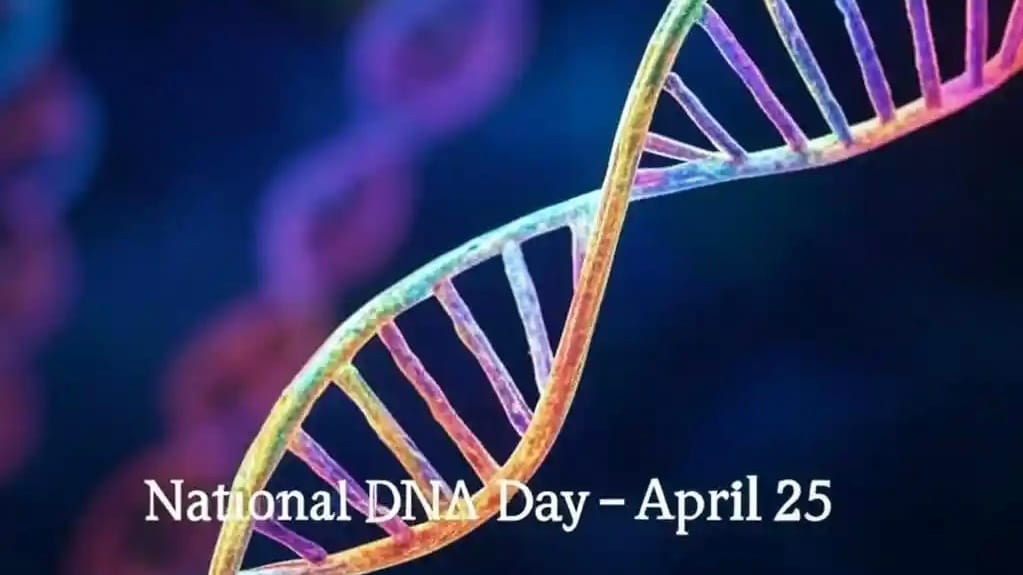Happy DNA Day!
It was 72 years ago today, Watson & Crick taught the band to play…

April 25 is National DNA Day, commemorating two pivotal milestones in genetic science: the discovery of DNA's double helix structure and the completion of the Human Genome Project in 2003. This annual observance, established by the National Human Genome Research Institute (NHGRI), aims to educate and inspire the public about the significance of genetics and genomics in our lives .
In 1953, Watson and Crick published their groundbreaking paper on the double helix structure of DNA in the journal Nature. The paper begins by saying, ”We wish to suggest a structure for the salt of deoxyribose nucleic acid (D.N.A.). This structure has novel features which are of considerable biological interest.”
This discovery of the double helix unlocked the secret of information storage and transfer in cells, revolutionized our understanding of genetics and laid the foundation for modern molecular biology.
In 2003, the Human Genome Project completed the mapping of the human genome. This monumental effort of international cooperation identified and mapped all the genes in human DNA, providing invaluable insights into human biology and disease.
The impact of understanding DNA‘s structure and the research it spawned is impossible to understate. It has led to breakthroughs in cancer treatment, forensic science, and personalized medicine. Genetic testing now helps people trace their roots, assess health risks and plan their futures.
Like all great discoveries, unlocking the structure of DNA has been a double-edged sword. Issues like genetic privacy and CRISPR gene editing raise significant questions which have yet to be answered. Understanding the genetic basis of many illnesses has led to better treatments, and holds out hope of cures. At the same time, understanding DNA led to unlocking RNA, and opened the Pandora's box of mRNA genetic therapies.
DNA Day reminds us of the incredible potential to be found in scientific advancements. It also should remind us of the need to be appropriately cautious with how those advances are used, and to what end.




